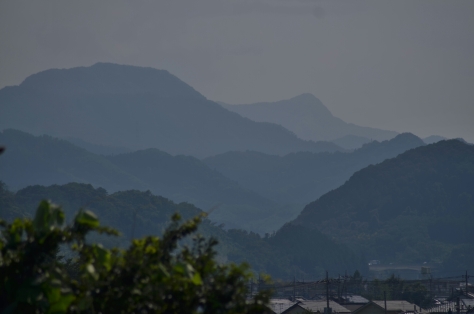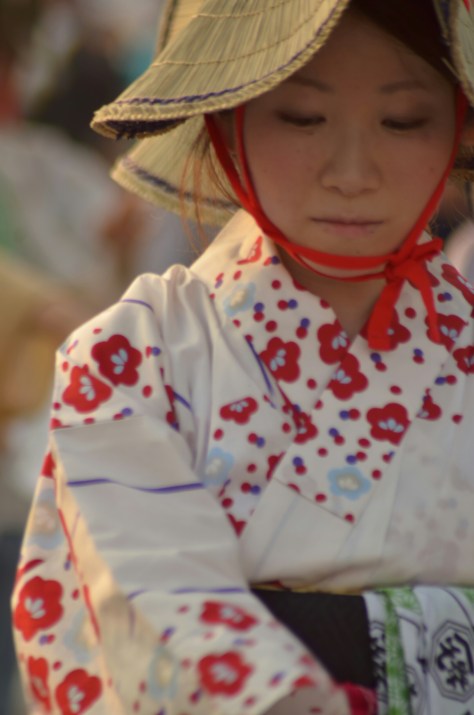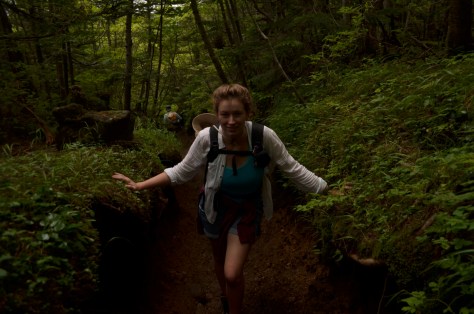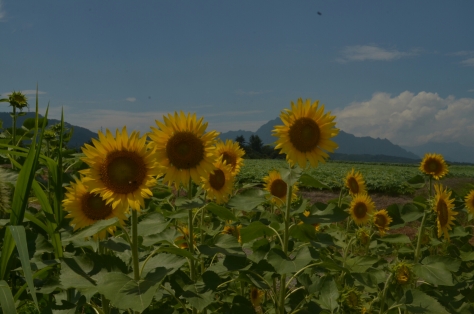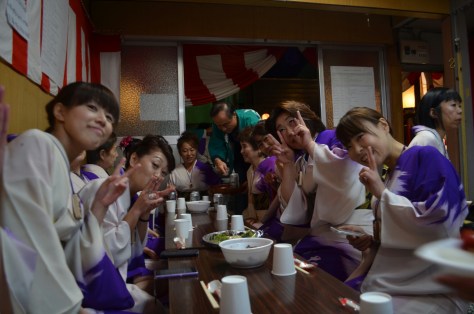
We have all heard that dream from the avid travel bug-bitten nomad; “I want to eat my way through [insert far away country here]”. Most of the time these places include the pastas of Itally, or flatbreads of France, or in my case, the unusual dishes of Japan.
I hope this sparks some interest in the culinary marvels of Japan, and inspires you to try a few new dishes.
Here are 10 uniquely Japanese foods I tried;
- Sushi
Sushi isn’t only available in “raw fish”. Sushi, which says more about the style the food is presented in, is the wrapping of the contents in seaweed. It is the ever popular seaweed wrapped rice that the culture is famous for. Available with a wide array of fillings from eel to octopus, the contents of these bite-sized delights are diverse. But don’t get this mixed up with Sashimi. THIS is raw fish. With fish markets available in nearly every town, the custom of eating raw fish is still a large part of the culture. I have even found places where you can get a bowl of the delicacy, douse with some soy sauce, and enjoy.
2. Dango
This rice based desert is a rice-paste balls, dressed in a syrup like topping, and served on a stick.
- Miso Soup
The broth-y soup is rich from the flavors of the Japanese mushroom and Dankom, (a potato like vegetable, whose sliced form resembles swiss cheese in look.) often served as a form of “noodle soup”, it reminds me of a chicken noodle soup, if chicken noodle soup was made with strange (yet delicious) veggies.
- Yakisoba
Yakisoba has become a staple of my diet. The fried noodle dish was introduced to me at a festival, but is available at most grocery stores. (Out of al the places I have been, Japan has had the best street food so far.) The pasta, turned brown with the strong, aromatic, sauce, is mixed with cabbage and carrot and seasoned with a garnish of pickled ginger.
- Takayaki
Think ‘Octopus fritter’, (a ball of dough mixed with cooked octopus, and baked til perfection.) This, like the Yakisoba were introduced to me through festival street food. The one-and-a- half inch diameter balls are served with a glaze that could be compared to that of a barbeque sauce with a teriyaki ‘essence’.
- Kaki
Kaki, which resembles a peach on a tree, but when picked looks closer to a not-yet-ripe-tomato, is a small fruit that tastes a bit like a melon mixed with a peach.
- Taiyaki
Named after the fish shape that it is cooked in, Taiyaki is a waffle like breading filled with Hashi, a sweet bean that is commonly eaten for desert, and eaten for desert. This same fish shape is also used for icecream sandwiches.
- Yatsuhashi
Kyoto is known for its Yatsuhashi and it is common in gift stores and packaged to pick up for you souvenir needs. The type that I tried was in small, doughy triangles, unflavored, and flavored with green tea. Inside, they contained a dollop of Hashi, for the sweet, soft texture.
9. Nato
This smelly bean dish, which is easy to come by and acquired in taste, may not make the list of all time favorite foods, but I would classify it as “interesting”. The beans were sticky and smelled ripe, but with the addition of soy sauce, mustard and spring onion, it was a truly unique texture, with an almost ‘cheese’ flavor.
10.Umeboshi
A fomented, sweetened plumb ‘candy’ that comes in two types; a firm small plum that is salted and has a texture of a pickled olive, and a soft, (almost mushy) sickly strong, plumb. I tried both, and in all my adventures with cuisine (and I am NOT a picky eater) I still had troubles swallowing that 2nd one.
Authors edit – Orriginally #9 was Meat on a stick (posted below) but was changed after the very recent addition of Nato, which was further from anything I had back in western culture. Meat on a stick, at 2nd glance, is a little more widespread, and I felt it would be worth substituting for a more significantly cultural dish.
- Meat on a stick
I am not sure why, but there is a large amount of fried chicken on a shish-kabob spear at every festival I go to. Here in Tomioka, their signature cuisine is a fried slab if fish, battered and shish-kabobed, usually with some form of entrails.

























